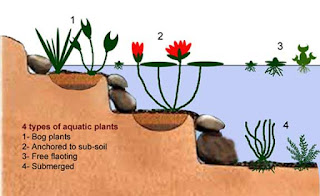Sesbania grandiflora is small, fast growing and short-life tree. In India it is commonly known as Agast, Agasti, Agati, Hadaga. It belongs to Fabaceae family. There are two varieties of this tree; white flowering and red flowering. The red flowering variety is not very common.
It is a most useful tree, because, leaves, flowers and tender pods of the tree can be used as vegetables. The tree has Nitrogen fixing nodules on its roots. It is pure symbiosis. The tree shelters certain bacteria and in return the bacteria provide the tree with Nitrogen, a major ingredient for its growth and health. This process is not only helpful for the tree but it also enriches the soil around the tree. The tree does not have very dense foliage; so it can be used to train certain climbers like Dioscorea, commonly known as Vine potatoes (edible Yam species). This tree can also be used for making trellis. For this purpose normally bamboo poles are used. Bamboo poles rot within a year or two. So in place of Bamboo, if we use these trees as live poles, not only a lot of cost saving is possible but ground soil too would get enriched by the bacteria in root nodules. I have been using these trees for such uses on the farms and gardens of my clients. The tree is easily propagated from seeds.
Though the tree is resistant to most diseases and insect pests, many seeds of the mature pods are bored by a caterpillar. Such seeds are useless for sowing.
Note: Tender pods are free of any pests; hence can be used safely as vegetable.
 |
| White flower variety |
 |
| White flower variety |
 |
| Red flower variety |
Though the tree is resistant to most diseases and insect pests, many seeds of the mature pods are bored by a caterpillar. Such seeds are useless for sowing.
Note: Tender pods are free of any pests; hence can be used safely as vegetable.














































